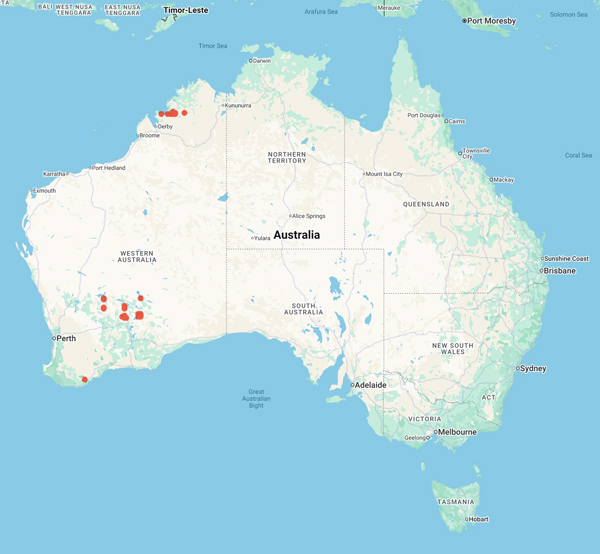
Council of Heads of Australasian Herbaria
Australian National Herbarium
Biographical Notes
 |
Council of Heads of Australasian Herbaria |
 Milewski, Antoni Vincent (Toni) (1952 - )
Milewski, Antoni Vincent (Toni) (1952 - )Toni Milewski is a graduate of the University of Stellenbosch (BSc) and the University of Cape Town (MSc).
He has researched the comparative ecology of Mediterranean Australia and South Africa for the past twenty-five years [in 2020] and has also spent ten years in East Africa studying the interactions between plants and megaherbivores.
He recieved a Doctor of Philosophy (PhD), from Murdoch University in 1984 with the thesis title:
Source: Extracted from:
https://science.uct.ac.za/fitzpatrick/antoni-milewski
https://avh.ala.org.au/occurrences/search?q=collector_text%3A%22Milewski%2C+A.%22
https://researchportal.murdoch.edu.au/esploro/outputs/doctoral/Similarities-and-differences-of-ecosystems-in/991005540423607891
Portrait Photo: https://science.uct.ac.za/fitzpatrick/antoni-milewski.
Data from 627 specimens
